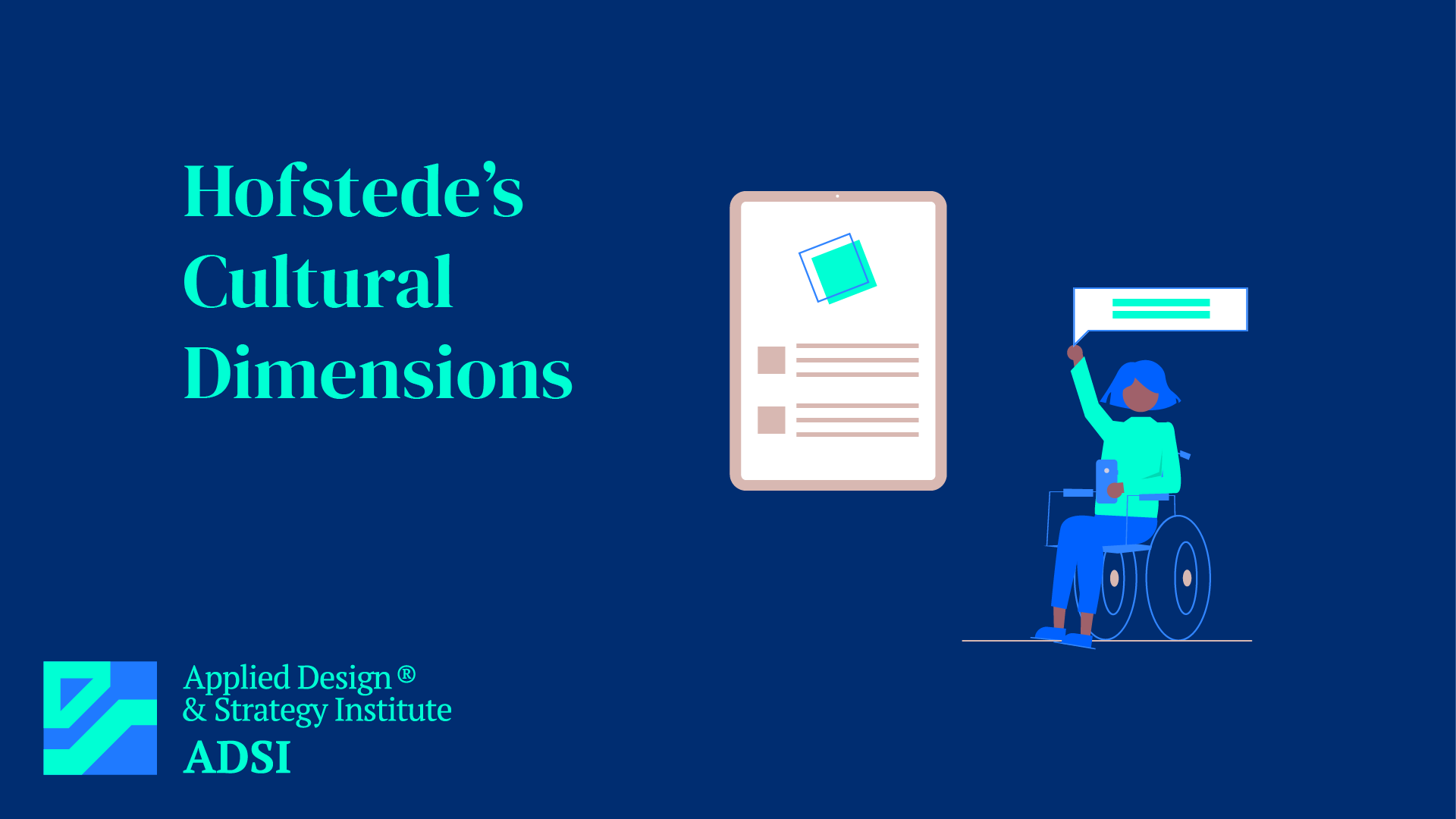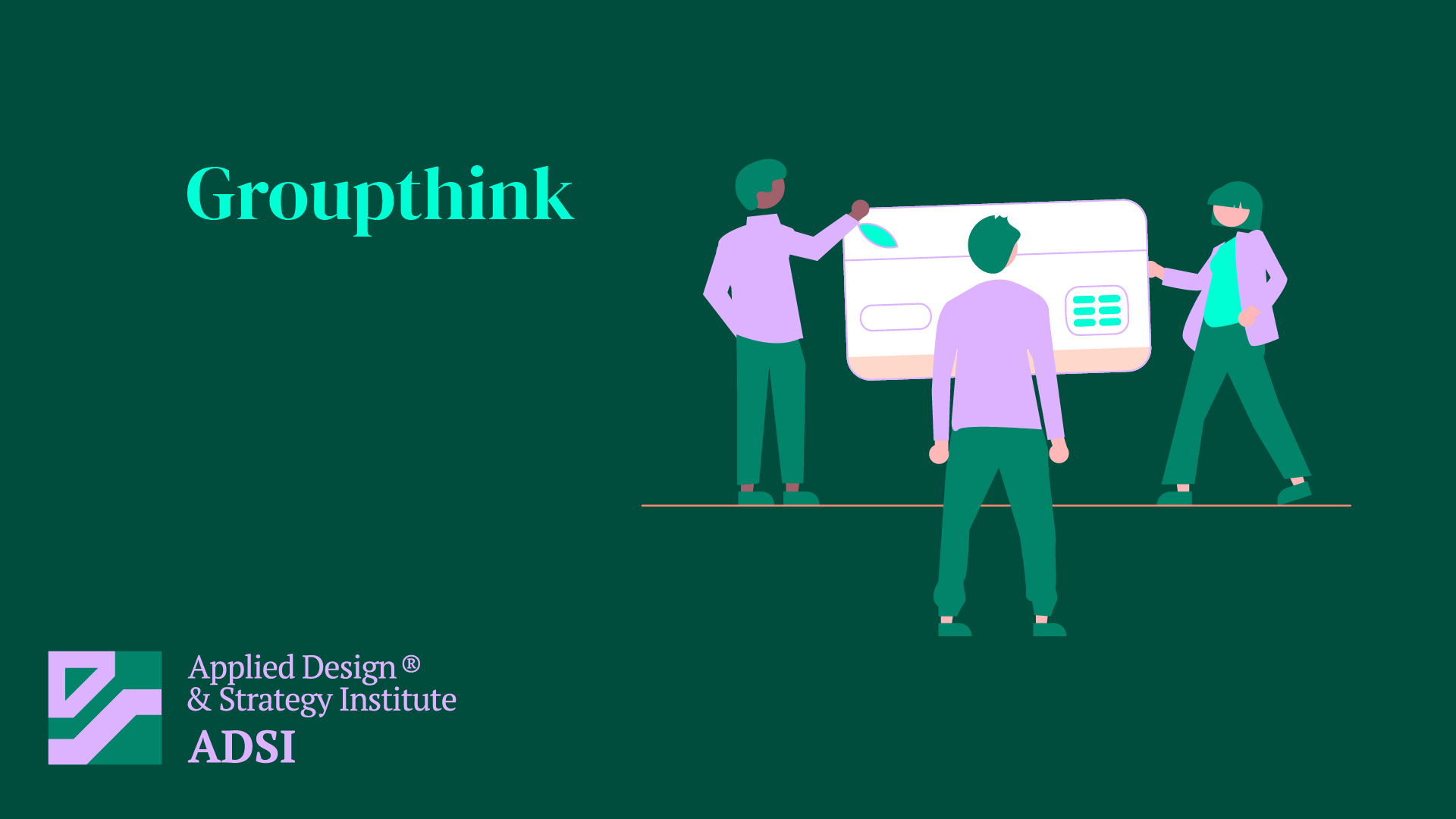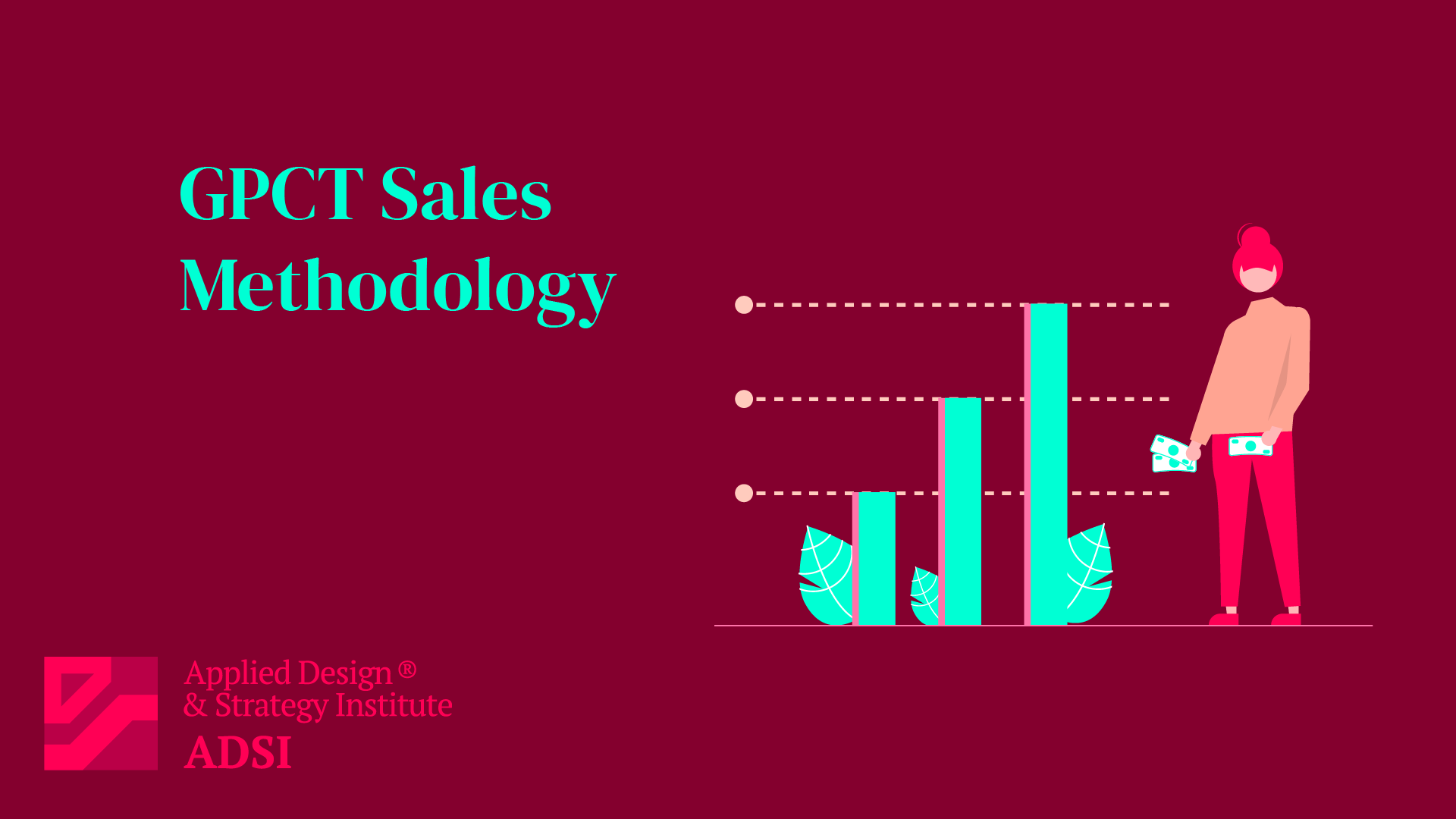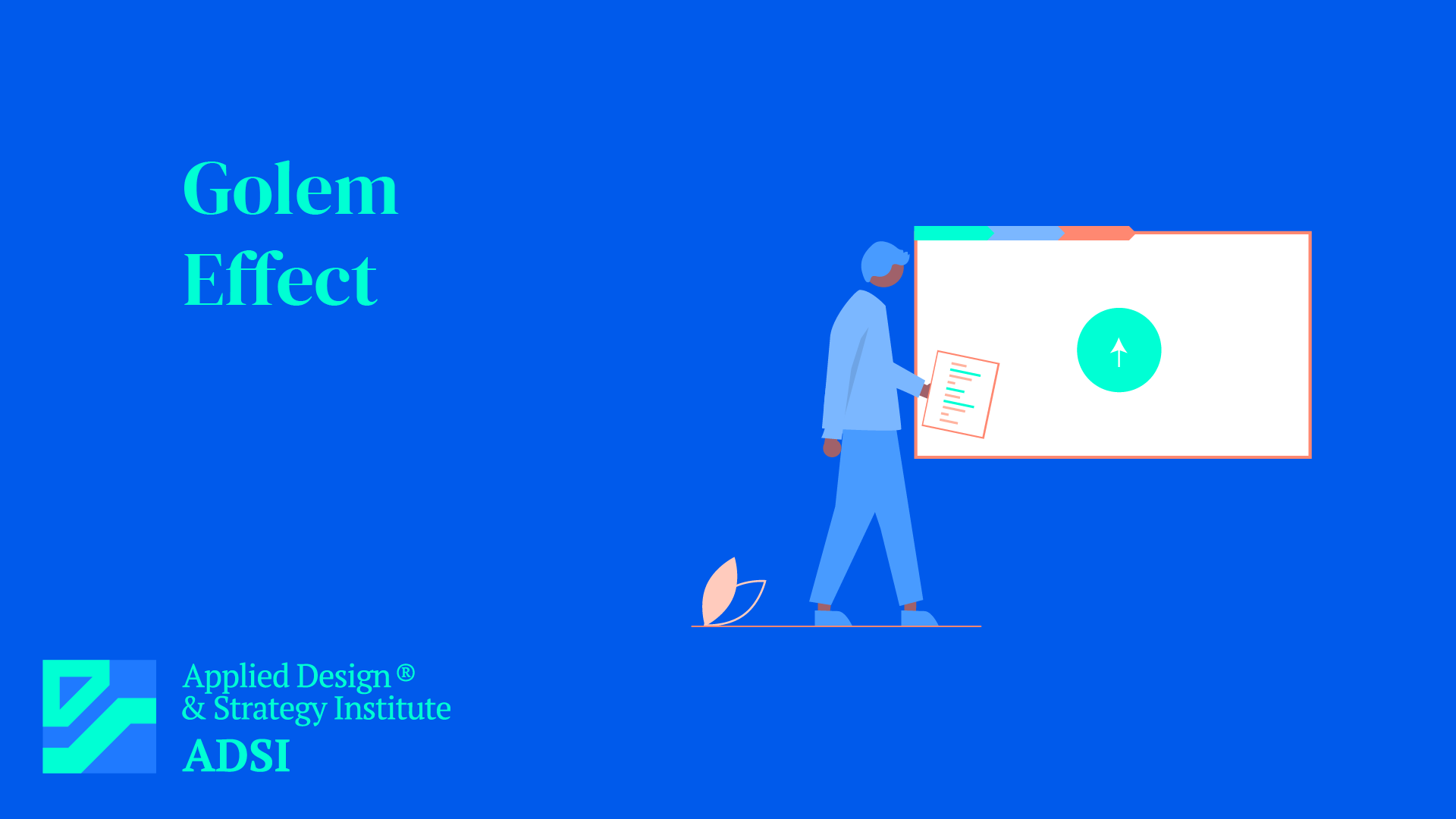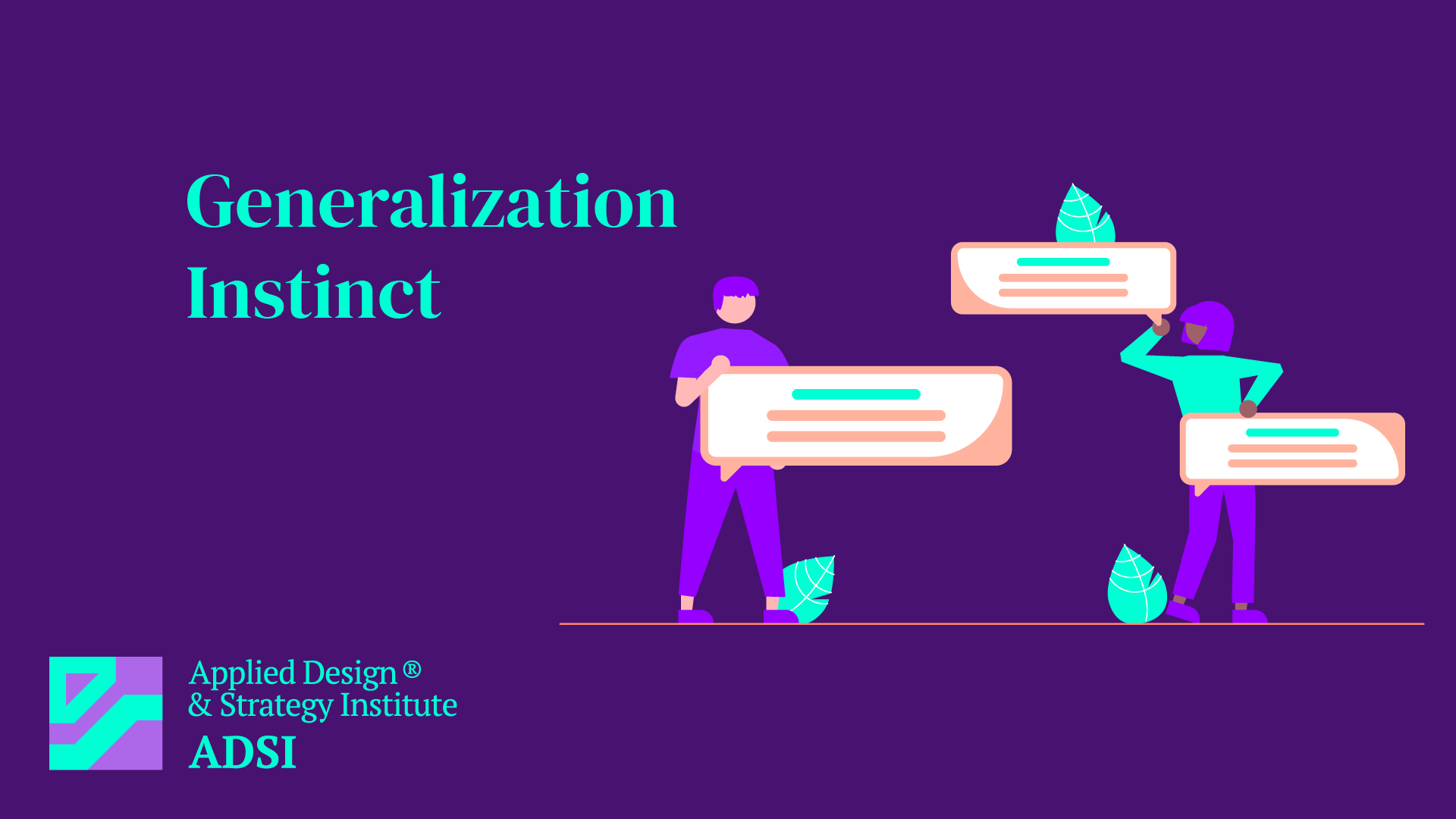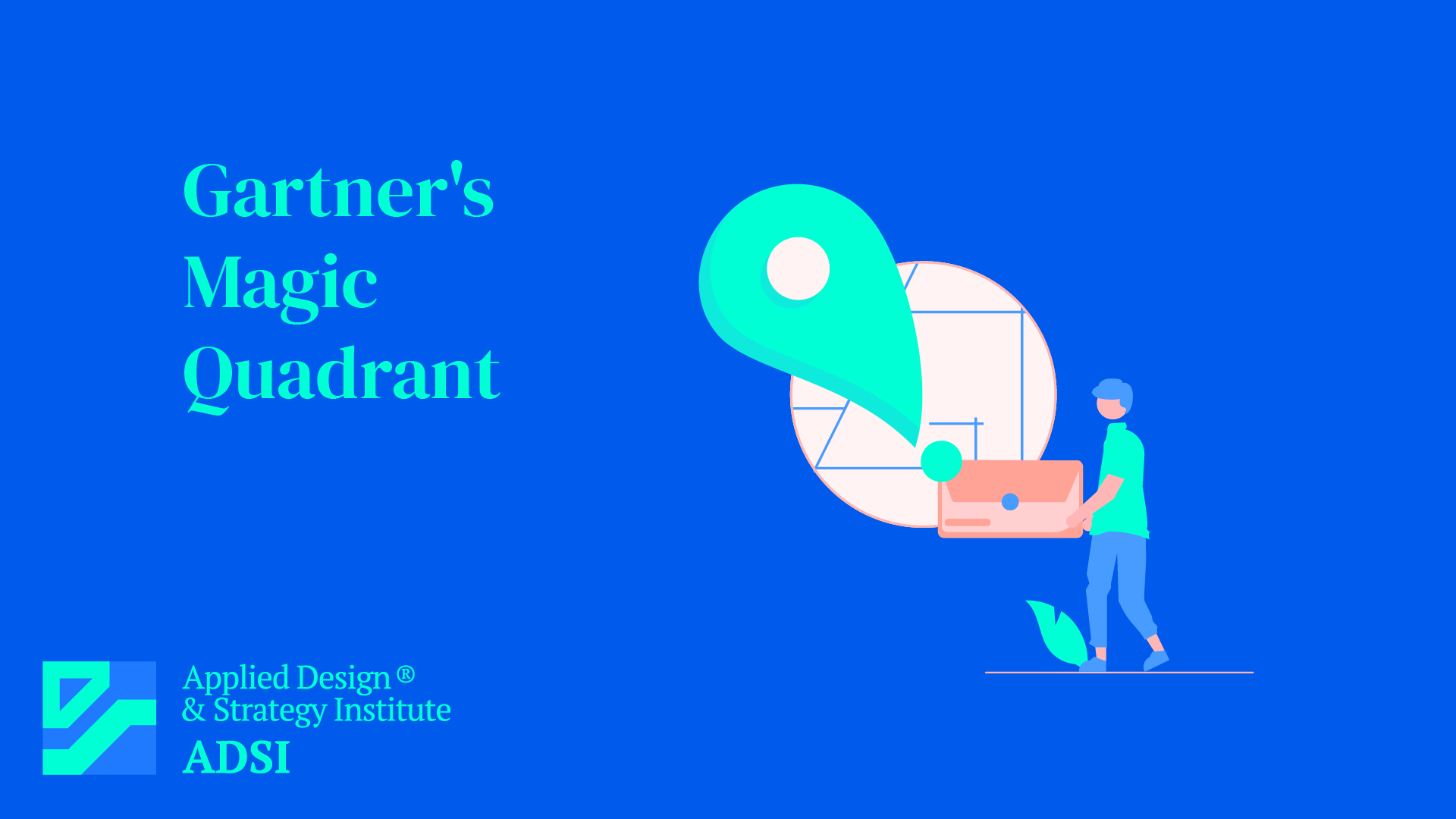Hook Model
Introduction to the Hook Model The Hook Model is a concept used in product design and user experience to describe how products and services can create habit-forming behaviors in users. Developed by Nir Eyal, it’s a four-step process built on the basic principles of behavioral psychology and is used to increase customer eng
Hofstede’s Cultural Dimensions
Introduction to Hofstede’s Cultural Dimensions Hofstede’s Cultural Dimensions Theory is a framework for understanding cultural differences across countries and regions. Developed by Geert Hofstede, it’s widely used in the field of international business, cross-cultural communication, and global management. The
Groupthink: How to Avoid It
Introduction to Groupthink Groupthink is a psychological phenomenon that occurs within a group of people, where the desire for harmony and conformity in the group results in an irrational or dysfunctional decision-making outcome. Coined by social psychologist Irving Janis in 1972, groupthink is often cited as a factor in flawed
GPCT: Goals, Plans, Challenges, and Timeline
Introduction to GPCT GPCT is an acronym for Goals, Plans, Challenges, and Timeline. It is a strategic framework used primarily in sales and marketing to better understand customer needs and tailor solutions effectively. This approach not only helps in creating a customer-centric sales strategy but also in building long-term cust
Golem Effect: How to Degrade Performance
Introduction to the Golem Effect The Golem Effect is a psychological phenomenon that refers to the negative impact of low expectations on an individual’s performance. Stemming from the Pygmalion Effect, which describes how positive expectations can enhance performance, the Golem Effect highlights the converse – that nega
Goldilocks Effect
Introduction to the Goldilocks Effect The Goldilocks Effect is a concept derived from the well-known fairy tale “Goldilocks and the Three Bears,” where Goldilocks prefers things that are ‘just right’ – neither too much nor too little. In various fields such as economics, marketing, and psychology, this
Generalization Instinct
Introduction to Generalization Instinct The Generalization Instinct refers to the human tendency to categorize and generalize information based on a limited set of observations or experiences. While generalization is a natural cognitive process that helps simplify the complex world around us, it can lead to oversimplified or ina
GE-McKinsey Nine-Box Matrix
Introduction to the GE-McKinsey Nine-Box Matrix The GE-McKinsey Nine-Box Matrix is a strategic tool used for analyzing a company’s business portfolio and making decisions about resource allocation and prioritization. Developed in the 1970s by McKinsey & Company for General Electric, the matrix helps businesses evaluate
Magic Quadrant
Introduction to Magic Quadrant The Magic Quadrant is a research methodology and graphical representation used by IT research and advisory firm Gartner, Inc. to provide qualitative analysis of a market’s direction, maturity, and participants. It’s widely used in the technology sector to evaluate the position of differ
Gap in the Market: How to Exploit Opportunities
Introduction to Market Gap Analysis Identifying and exploiting a gap in the market is a key strategy for businesses looking to innovate, grow, and gain a competitive edge. A market gap refers to an unmet customer need or a market segment that is currently underserved. Businesses that successfully identify and fill these gaps can



